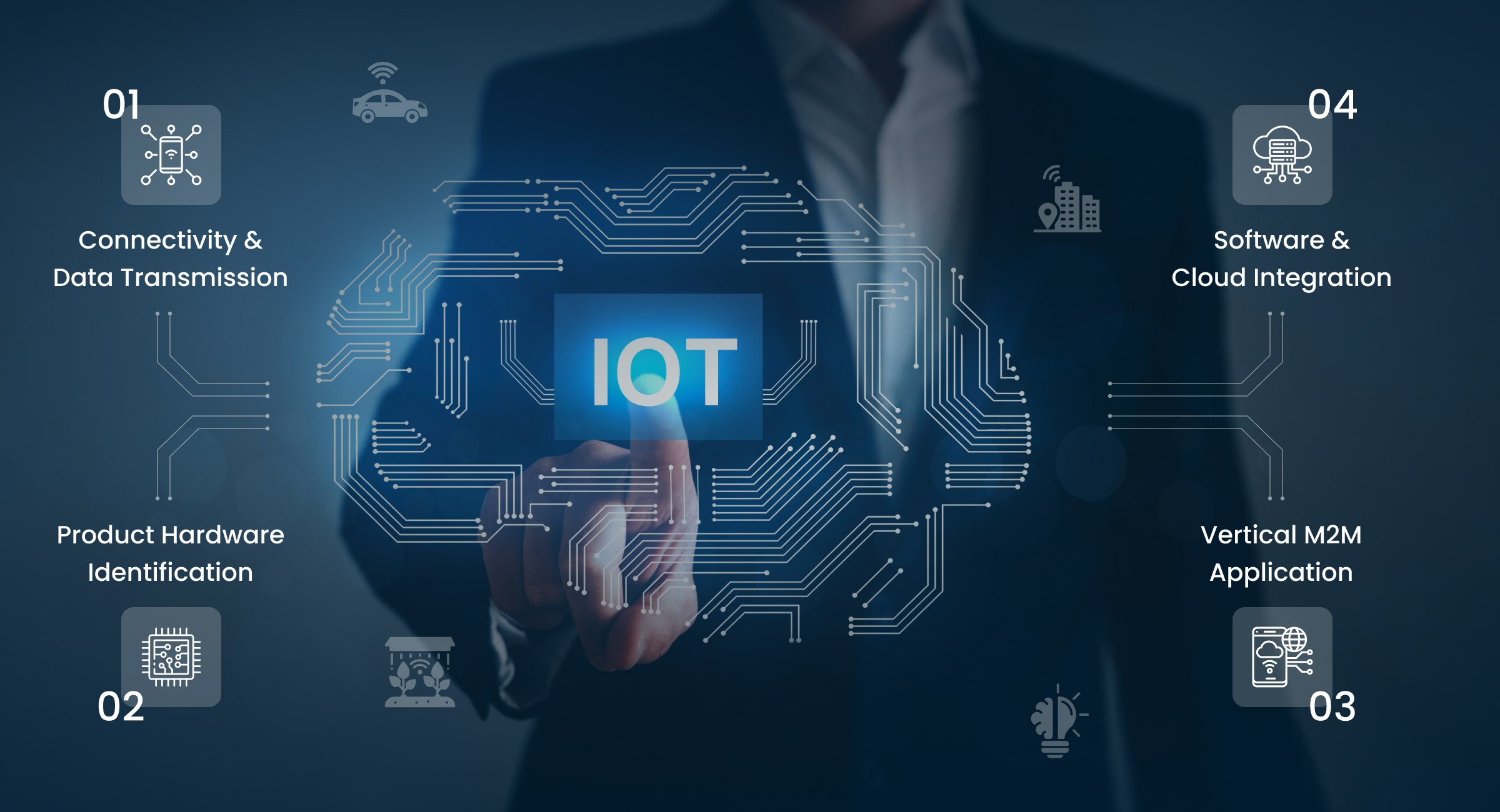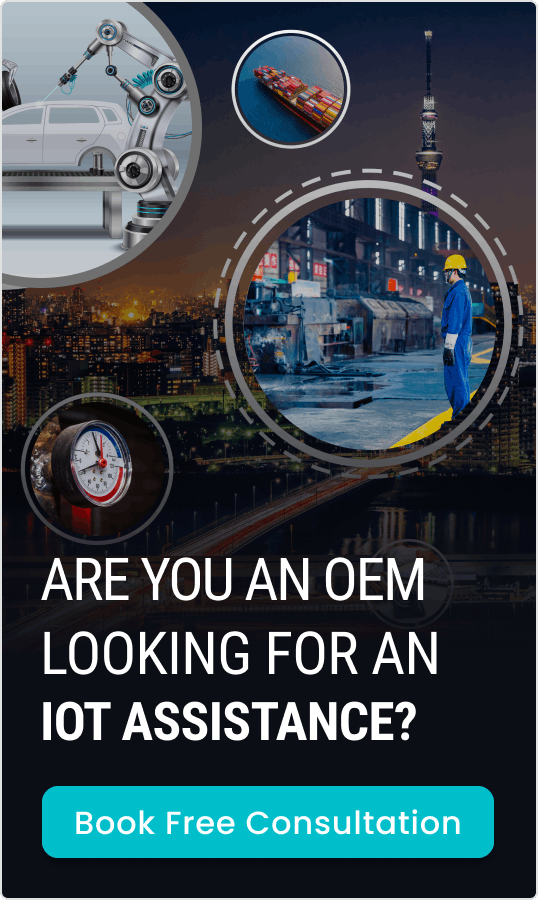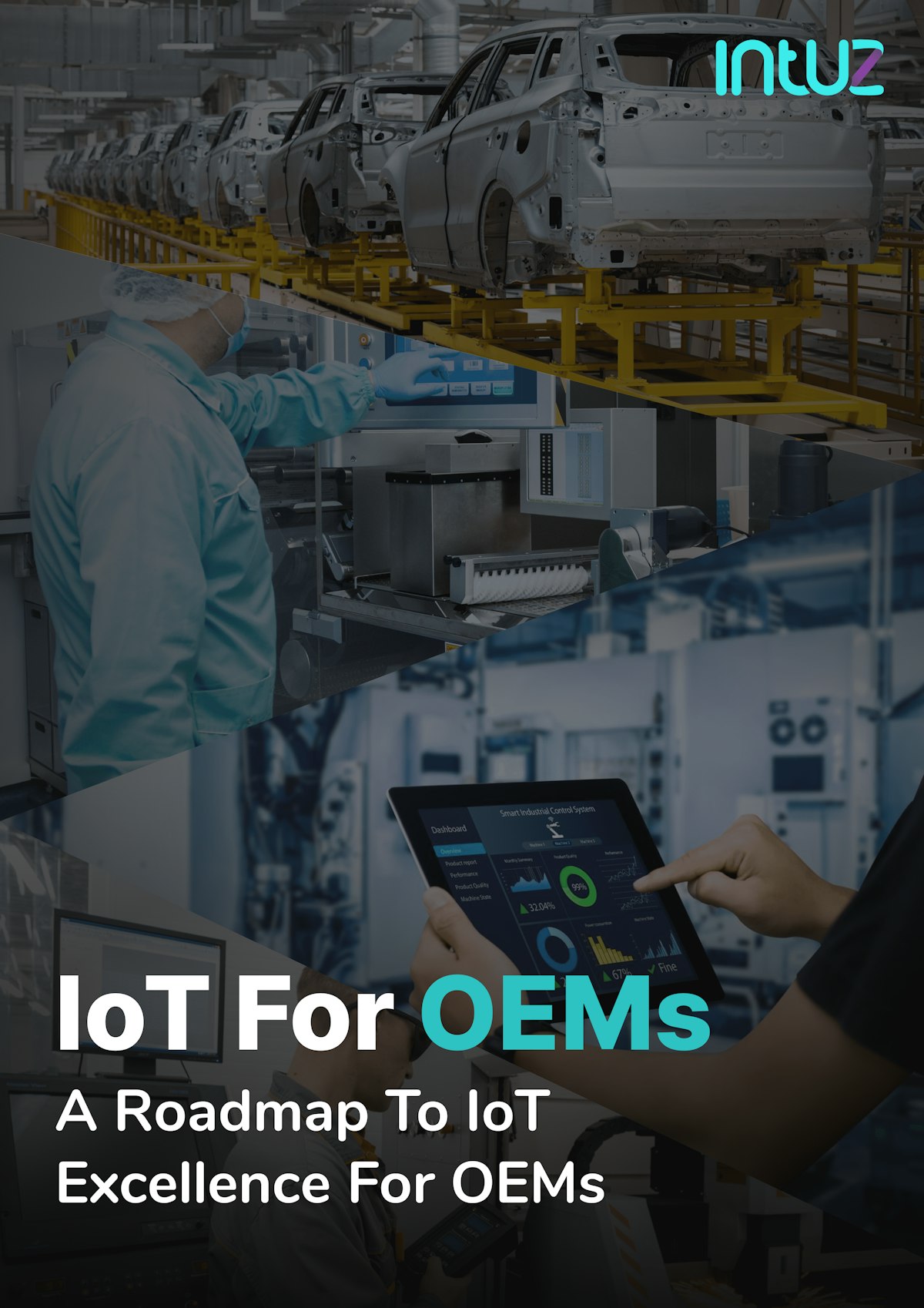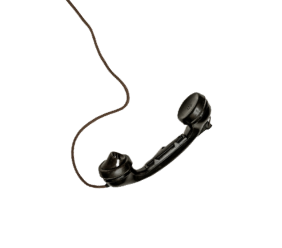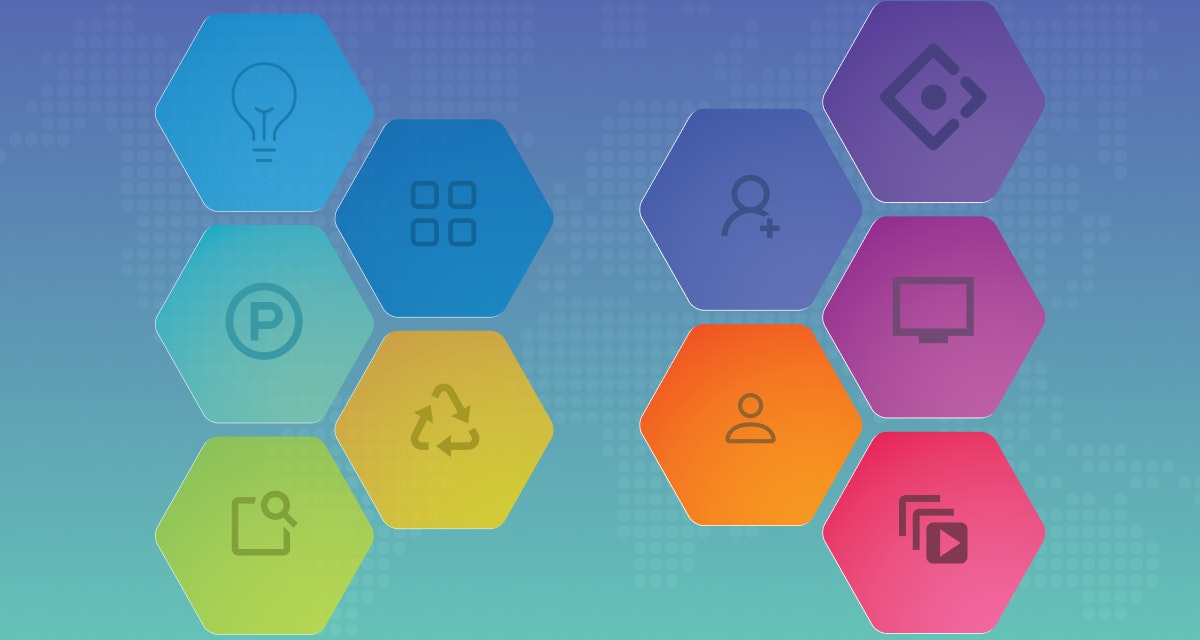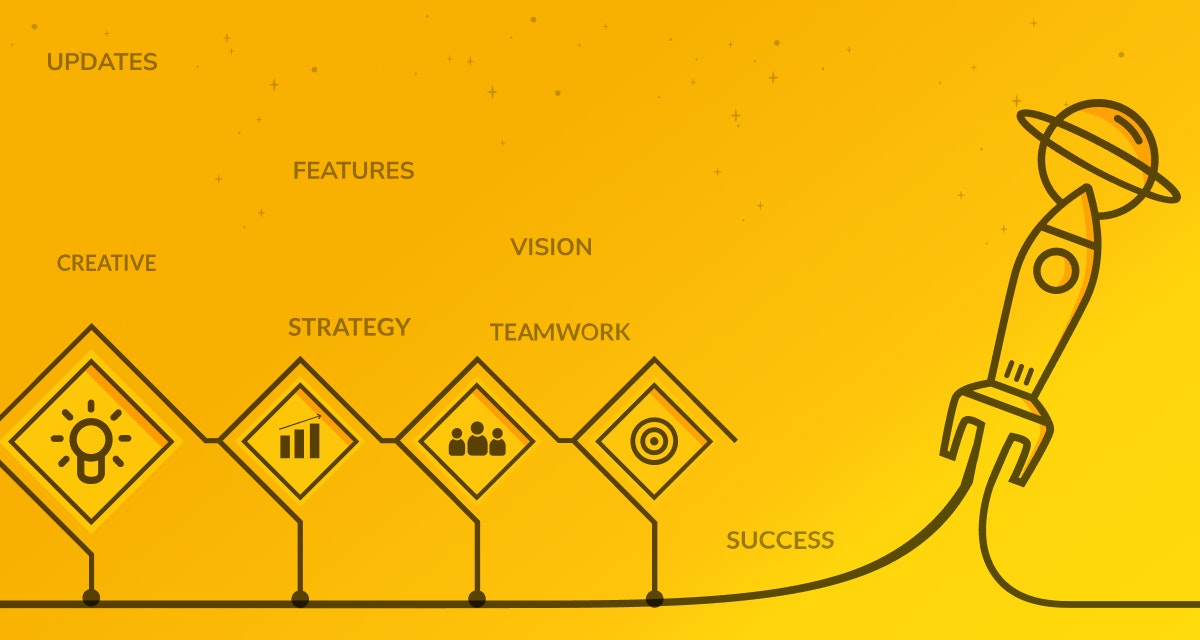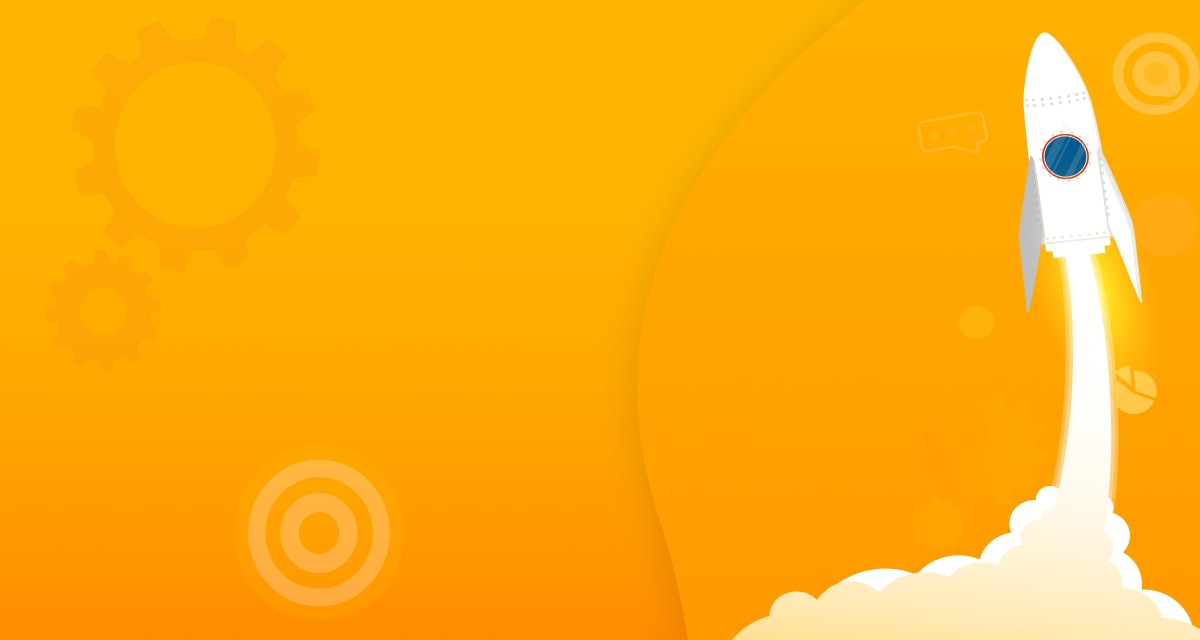Table of content
The Internet of Things (IoT) has been continuously getting popular with companies like Bosch, ARM, Cisco, GE, and Intel. The marketing campaigns of all of these companies speak a lot for their massive business opportunities with the IoT offers. IoT is undoubtedly becoming a popular label as compared to machine-to-machine (M2M). If it’s about IoT Application Development Services then companies are adopting this strategy at a much faster rate.
The Internet of Things has become a distant future and is growing at an undefined rate. If we talk about figures, then in 2017, connected devices overtook the world’s population of 7 billion. It is going to reach more than 29 billion by 2030. This makes the IoT market worth $157 billion in 2016 and $457 billion in less than 15 years.
IoT (Internet of Things) allows to get things connected with the Internet. These things have the power to exchange information between them and transmit data to other devices and systems. Also, they can receive data as well. Machines and smart devices also have the capability to share information regarding their internal state. Using the Internet, people can connect to the digital network and devices like computers and smartphones for sharing information, chat and more.
- IoT ranges from consumer-oriented devices to connected equipment in the enterprise and also in industrial assets like robots, machines, and workers in smart factories.
- IoT is imperative for doing customer-fling innovation, digital transformation, data-driven optimization and automation, and new business models and revenue streams in all sectors.
- IoT acts as an umbrella for a wide range of technologies and services that depend on use cases and are a part of the big technology ecosystem that covers technologies like cloud computing, big data, artificial intelligence, blockchain, augmented and virtual reality, and more.
- IoT is making wonders in several industries and companies by leveraging its power and delivering some great real-time IoT examples.
- The use of the Internet of Things is happening at diverse speeds as IoT investment in the manufacturing industry is higher than in any other industry.
IoT product development in a nutshell
IoT product development is the process of creating connected devices that collect, transmit, and act on data. This multifaceted approach combines hardware design, software development, and cloud integration to bring smart, interconnected products to market.
For IoT product design and development, it has been said that designing and developing IoT products is the future. For this cause, IoT systems combine physical as well as digital components that collect data from physical devices and opt for delivering actionable and operational insights.
Ready to Develop Your IoT Product?
Let's ConnectUse cases of IoT product development across industries
1. Smart home
Smart home technology has revolutionized how we interact with our living spaces. IoT devices in this sector focus on enhancing comfort, security, and energy efficiency.
- Connected thermostats learn occupants' schedules and preferences, automatically adjusting temperature for optimal comfort and energy savings.
- Security systems integrate cameras, motion sensors, and smart locks, allowing homeowners to monitor and control their property remotely.
- Voice-controlled hubs act as central command centers, enabling users to manage multiple devices through simple voice commands.
2. Healthcare & well being
IoT in healthcare is transforming patient care, monitoring, and treatment adherence. These innovations are particularly impactful for chronic disease management and elderly care.
- Wearable devices continuously track vital signs, activity levels, heart rate monitors, and sleep patterns, providing doctors with comprehensive health data.
- Smart pill dispensers remind patients to take medication, track adherence, and alert caregivers of missed doses.
- Remote health monitoring systems enable healthcare providers to track patients' conditions from afar, reducing hospital readmissions and improving overall care quality.
3. Industrial IoT
In manufacturing and industry, IoT enables smarter operations, improved safety, and increased efficiency.
- Predictive maintenance systems use sensors to monitor equipment performance, predicting failures before they occur and reducing downtime.
- Real-time asset tracking helps optimize supply chains and inventory management.
- Environmental sensors monitor air quality, temperature, and noise levels in factories, ensuring worker safety and regulatory compliance.
4. Smart cities
IoT is at the heart of smart city initiatives, aiming to improve urban life through data-driven decision-making and automated systems.
- Intelligent traffic management systems use real-time data to adjust signal timing, reducing congestion and emissions.
- Smart waste management employs fill-level sensors in bins to optimize collection routes and schedules.
- Air quality monitoring networks provide citizens with real-time pollution data and help authorities implement targeted reduction strategies.
5. Retail
IoT in retail is reshaping both the customer experience and backend operations, creating more efficient and personalized shopping environments.
- RFID-based inventory tracking provides real-time stock levels, reducing out-of-stock incidents and improving supply chain efficiency.
- Smart shelves detect low stock and misplaced items, alerting staff to restock or reorganize.
- Beacon technology enables: Personalized in-store promotions based on customer location and preferences Traffic flow analysis to optimize store layouts
6. Energy management
IoT plays a crucial role in modernizing energy grids and promoting sustainable energy use. Smart grid technology incorporates:
- Two-way communication between utility companies and consumers
- Real-time monitoring of energy consumption and distribution
- Automated fault detection and power rerouting to prevent outages
7. Agriculture
Precision agriculture leverages IoT to optimize crop yields, reduce resource waste, and monitor livestock health. This technology is crucial for sustainable farming practices.
- Soil moisture sensors and weather stations provide real-time data for precise irrigation scheduling.
- GPS-enabled collars on livestock track location, movement patterns, and vital signs, alerting farmers to potential health issues.
- Automated systems in greenhouses control temperature, humidity, and lighting based on plant needs and environmental conditions.
Some of the other most popular applications are
Benefits of IoT product development
IoT product development offers crucial benefits including enhanced data analytics, predictive maintenance, and personalized user experiences. These innovations drive operational efficiency, create new revenue streams, and enable remote monitoring, revolutionizing industries and improving customer satisfaction.
1. Unlock deep business insights with real-time IoT data
IoT devices continuously collect vast amounts of real-time data from their environment and usage. This wealth of information allows businesses to gain unprecedented insights into product performance, user behavior, and market trends.
By analyzing this data, companies can make data-driven decisions, optimize their products, and identify new opportunities for innovation and growth.
2. Decrease costs with predictive maintenance
IoT sensors embedded in products or equipment can monitor various parameters such as temperature, vibration, and usage patterns. This constant monitoring allows for the early detection of potential issues before they escalate into major problems.
By predicting when maintenance is needed, businesses can reduce unexpected downtime, extend equipment lifespan, and significantly lower maintenance costs. This proactive approach not only saves money but also improves customer satisfaction by ensuring product reliability.
3. Boost sales with hyper-personalized IoT experiences
IoT devices can learn from user interactions and preferences over time, enabling highly customized experiences.
For example, smart home devices can adjust lighting, temperature, and music based on individual preferences and daily routines.
In retail, IoT-enabled systems can provide personalized product recommendations and tailored promotions. This level of personalization enhances user satisfaction, increases engagement, and can lead to improved customer loyalty.
4. New revenue streams for businesses
IoT product development opens up opportunities for innovative business models. Companies can shift from one-time product sales to ongoing service-based revenue models.
For instance, instead of selling a piece of equipment outright, a company could offer it as a service, charging based on usage or performance metrics collected through IoT sensors.
Additionally, the data collected by IoT devices can be monetized (with appropriate privacy considerations) by providing valuable insights to partners or other industries.
5. Remote monitoring and control to maximize efficiency
IoT products allow for real-time monitoring and control of devices, systems, and environments from anywhere in the world. This capability is particularly valuable in industries such as agriculture, where farmers can monitor crop conditions and automate irrigation systems remotely.
In manufacturing, managers can oversee production lines and make adjustments from offsite locations. This remote functionality not only increases operational efficiency but also enhances safety by allowing monitoring of hazardous environments without physical presence.
IoT development stack and its requirements
The IoT technology stack includes all the needed technologies and data from an IoT device to an actual purpose and goal or so-called IoT use case.
1. Device Hardware
There are enormous opportunities for smart connected hardware products and product development challenges. It has been predicted that by 2024, there will be more than 175 billion IoT devices.
Device Hardware is the first layer of the IoT technology stack that defines the digital and physical parts of any smart connected product. Here the question arises - how it will look like or of what material will it be made of?
In this stacked layer, it is imperative to know the implications of size, deployment, cost, useful lifetime, reliability, and more. If we talk about small devices like for example, smartwatches then you may have only one room for such a System on a Chip (SoC). Here, you will need needing embedded computer like Raspberry Pi, Artik module, and BeagleBone board.
The hardware that is used in IoT systems has devices for the remote dashboard, routing or bridge devices and sensors, control devices, and more. All these devices can manage important tasks and functions like system activation, action specifications, communication, security, and detection for support-specific actions and goals.
2. Device Software
This layer requires to carefully find out the sensors by having access to the required data. Sensor will assist us to gather data that we want so that the smart connected product will perform the way it is decided.
Device software has the capability to turn out the device hardware into a smart device. This IoT technology stack enables the software-defined hardware and then any hardware device can serve various applications depending on the running embedded software. The device software layer can be distributed into two categories i.e. Operating system and Applications.
a. Operating system
The whole complexity of your IoT solution will portray the type of operating system you are in the need of. There are some top things that you must include like when your app requires a real-time operating system, I/O support, and support for the full TCP/IP stack.
Some examples of an embedded OS are -
- Brillo
- Linux
- Windows Embedded
- VxWorks and more …
b. OS applications
This app runs on top of the operating system and offers specific functionality for your IoT solution. It consists of endless possibilities. Here, you can pay attention to data acquisition, analytics, local control and streaming to the cloud and more.
3. Connectivity
In the connectivity part of the IoT technology stack, it is important to define the network communication platforms that will be getting connected to the sensors on the product hardware to the cloud and then to the application.
The several types of connectivity which are used in general includes, Bluetooth, Wi-Fi, Radio, Cellular, and Satellite.
The communication part at this stage refers to all the diverse ways where your device will be exchanging information with the whole world. This will include physical networks and the type of protocols that you will be using. It is truly said that the communication mechanisms are connected to the hardware of the device software.
Some of the Communication Protocols are -
- Infrastructure (ex: 6LowPAN, IPv4/IPv6, RPL)
- Identification (ex: EPC, uCode, IPv6, URIs)
- Comms / Transport (ex: Wifi, Bluetooth, LPWAN)
- Discovery (ex: Physical Web, mDNS, DNS-SD)
- Data Protocols (ex: MQTT, CoAP, AMQP, Websocket, Node)
- Device Management (ex: TR-069, OMA-DM)
- Semantic (ex: JSON-LD, Web Thing Model)
- Multi-layer Frameworks (ex: Alljoyn, IoTivity, Weave, Homekit)
4. Data and Analytics
A well-defined IoT data process is crucial for businesses who are willing to step into the world of smart connected products. New business models can be created by ingesting data from these sensors and can unlock different opportunities and uncover valuable business data.
Your smart devices will be streaming information straight to the cloud. When you are defining requirements for your solution, at that time, you will need to look for the best idea for the type and amount of data that you will be collecting daily, monthly and yearly basis.
The biggest challenge that IoT apps face is generating a huge amount of data. For avoiding this, ensure to define the scalable parameters that will help the architects to define the correct data management solution from the beginning point.
Analytics is considered as one of the important components of the IoT solution. Analytics refers to the ability to find patterns, crunch data, perform forecasts, integrate machine learning and more. It has the capability to find out the insights from your data that will make your solution valuable. This can be done by using technology Cloud APIs.
IoT For OEMs: A Roadmap To IoT Excellence For OEMs
Access the guideKey Considerations for IoT Product Development
1. Connectivity and data transmission
The experienced and certified team of IoT system engineers can add cellular, Wi-Fi, RFID, GPS, Bluetooth and other types of secure wireless control and connectivity to your product. The priority of the IoT product development team lies in transmitting real-time data without security and privacy breach.
a. Basic connectivity
When it’s about connectivity, then it is all about connecting the IoT (Internet of Things) and there are several options for this. For connecting a sensor or device there are various ways like you can make use of WiFi, Cellular, Bluetooth, Ethernet, RFID and NFC and more.
b. Managed connectivity
Managed connectivity platform provides visibility and control on your IoT devices anywhere across the globe. It helps to track the location of any global SIM which has been installed in an asset and alerts you when any unusual activity happens.
Two types of hardware need for an IoT product development, first for sensing element and the second one to convert an electrical signal to a physical outcome.
2. Product Hardware Identification
Product Hardware Identification is one of the most important parts of IoT product development stages. Among all, there are 2 types of hardware that anyone will need for developing an IoT product, the first one is the sensing element and the second one is for converting an electrical signal to a physical outcome. The development team with great and in-depth knowledge of diverse types of IoT boards, sensors and connected devices will get huge success in IoT product development.
3. Vertical M2M Application
Vertical M2M app has two machines i.e. communicating or exchanging data without the need for any kind of human interaction. This covers power lines connection, serial connection and wireless communications in the IIoT (Industrial Internet of Things).
4. Software and Cloud integration
Among all the IoT product development stages, software and cloud integration is yet another important stage for building the best IoT product. The development team is responsible for building web and mobile-based applications for controlling the functionality of products in real-time. There is a custom software app that is hosted on the cloud servers to manage controlling, monitoring, optimizing, and autonomous operation of product function.
Top 25 IoT Development Boards In 2023 And How To Choose The Right One
Read nowIoT product development process/stages
Let’s move towards the steps for IoT development for understanding how to develop IoT products:
1. Requirements and functionality
The first phase of product development begins with what customer wants what functionality to add to that product and finding the right technology that suits them. Before they jump to the planning phase, it is important to find out the requirements and functionalities of your product. If these steps are not performed correctly then there are full chances of delay in the given project timeline. IoT projects are different as different project toolkits are purely meant to solve certain problems with specific conditions. So first find out what your project needs in terms of requirement, ecosystem, size, and format and also from a hardware and software point of view.
2. Bringing on partners
After establishing your project requirements, you must identify the project areas that will put weight on the shoulders of your team. Instead of stretching the internal team, look for outsourcing the most common services that are being outsourced commonly are IT and Manufacturing. Make full surety on the partners you will be choosing and don’t forget to look at their track records and if they hold the capability to meet your project requirements. Ensure that you both i.e. you and your partner have a full understanding of the project goals and adopt a clear communication process to avoid any kind of confusion.
3. Proof of Concept & Piloting
This step involves defining the whole architecture of your system considering two points i.e. identifying and assessing risk. Knowing the account product requirements and the risk assessments, the design and product development plan will map out project roles, timelines, tasks, and all such things. In this stage, you will also be engaging key stakeholders, CFO, CEO, and CMO to get their buy-in and input. This should cover the conceptualization of the product for giving your whole team a clear picture of how the end product will look like.
4. Mass production
The purpose of this step involves getting the very first batch ready to ship. All your design and firmware must have set in stone for allowing your manufacturing team and partners to loading and testing them before you assemble it into a final ready product. Production bottlenecks and setbacks are very common in this stage and this is the reason for which it is important to monitor and track the whole production.
5. Early product testing
Before you launch your product in the market, it is always important to test the prototype and give it into the hands of users for getting early feedback. You must get involved in the test setup, installation, design, and usability and user experience. Try to understand the features of mass production. Another important phase of this step lies in validating your network of components and production suppliers. Your goal should lie in having a production-ready prototype.
6. Product development
The product development phase is undoubtedly the most important phase of any project which means the execution of a product plan that will need to established requirements and system architecture designed for realizing your IoT product. In this stage, the detail engineering will come into picture by creating the 3D design of your product, refining primary product features, validating the product features and at the last developing the prototype.
7. Logistics support
The final stage of the IoT product development process is logistics support. This includes the transfer of production responsibility to manufacturing teams. Also, this covers quality control processes, documentation control and production planning.
8. Lifecycle management
After your product has been released and land in the market, you will require to analyze and monitor the product data generated through your IoT platform for enhancing the next iteration of your product. Also, in this stage handling of product updates is performed for avoiding any disruption in the usability. You must opt for conducting your IoT product lifecycle management in a single and centralized platform for ensuring a smooth sailing of your product launch.
IoT Hardware Platforms Of 2023: What To Consider
Access the GuideChallenges in IoT product development
Certainly. Here are some major challenges in IoT product development with more detailed explanations and hypothetical examples:
1. Security and privacy concerns
As IoT devices collect and transmit sensitive data, they become prime targets for cyberattacks. Ensuring robust security measures is crucial but challenging due to the diverse nature of IoT devices and their often limited computing power.
Example: A smart home security system is hacked, giving criminals access to real-time information about when homeowners are away, compromising both physical and digital security.
2. Interoperability issues
With numerous IoT devices from different manufacturers, ensuring seamless communication and integration can be complex. The lack of universal standards exacerbates this challenge.
Example: A company develops a smart irrigation system for agriculture, but it struggles to integrate with existing soil sensors and weather stations from various manufacturers, limiting its effectiveness and market adoption.
3. Scalability
As IoT networks grow, they must handle an increasing number of devices and vast amounts of data without performance degradation.
Example: A city implements a smart traffic management system. Initially successful with 1000 sensors, it faces severe performance issues when scaled to 100,000 sensors across the entire city, leading to system crashes and unreliable data.
4. Power management
Many IoT devices operate in remote locations or need to be compact, requiring efficient power usage and long battery life.
Example: A wildlife tracking collar for endangered species works well in lab tests but fails prematurely in the field due to unexpected power drain, losing critical data and endangering research efforts.
5. Data management and analytics
The sheer volume of data generated by IoT devices can overwhelm traditional data processing systems. Extracting meaningful insights from this data deluge is a significant challenge.
Example: A manufacturing plant implements IoT sensors on all its machinery. While it successfully collects terabytes of data daily, the company struggles to develop algorithms that can effectively predict equipment failures, unable to fully leverage the potential of its IoT implementation.
These challenges highlight the complexity of IoT product development, requiring careful consideration and innovative solutions to create successful, secure, and valuable IoT ecosystems.
Despite all challenges, ongoing innovations in security, connectivity, and data processing are steadily overcoming IoT development hurdles.
Industry collaboration and technological advancements are making IoT products more secure, efficient, and user-friendly, promising a more connected future.
List of IoT Product Development Services
1. Manufacturing support
The IoT product development team finds out the off-the-shelf metal, composite parts, ad plastic that are manufactured by diverse suppliers and assists you in choosing the right one for your product. Also, they are involved in custom modifications if any of the parts need minor changes in it. The development team also provides electronic component design and sourcing with printed circuit board assemblies, displays, connectors, and other components.
2. Design and Engineering
Design and engineering play a huge part in IoT product development as it defines the flow of your product. The best design can help in delivering an easy-to-use interface for using your product and this gives your product a vision to life. The IoT product development team opts for developing a physical prototype that will duplicate the product experience to ensure a seamless user experience. The team of qualified developers implements the design for manufacturing principles for engineering IoT products.
3. Hardware and firmware development
For hardware and firmware development, an experienced team of electronics and embedded systems adds different types of connectivity to your products including cellular, GPS, RFID, Bluetooth, WIFI, and more such connectivity options. Also, the team engages itself with codes, designs, and tests the firmware of the connected hardware.
4. Prototyping
IoT product design and development is a vital task and should be maintained by the hand of a skilled engineering team. The development uses different ways of prototyping the product idea in the early stage of development. Prototyping helps in receiving the user feedback instantly and assists in improving the functionality saving a lot of time and the whole development cost. IoT product development experts use rapid iterations to produce tangible prototypes that can be viewed, tested, evaluated, and enhanced.
Future trends in IoT product development
Future IoT trends focus on AI integration, edge computing, security-by-design, sustainability, and digital twin technology. These advancements promise smarter, more secure, and eco-friendly IoT solutions across industries, revolutionizing how we interact with connected devices and data.
1. AI and machine learning integration
- Enhanced predictive maintenance capabilities
- Personalized user experiences through adaptive learning
- Autonomous decision-making in complex IoT ecosystems
2. Edge computing adoption
- Reduced latency for time-critical applications
- Improved data privacy through local processing
- Lower bandwidth requirements and operational costs
3. IoT security by design
- Embedded hardware security modules in IoT devices
- Blockchain integration for secure data transactions
- AI-powered threat detection and response systems
4. Sustainable and green IoT
- Energy harvesting technologies for self-powered devices
- IoT-enabled smart grids for efficient energy management
- Environmental monitoring and conservation applications
5. Digital twin technology
- Real-time virtual replicas of physical assets and processes
- Enhanced simulation and testing capabilities
- Improved product design and lifecycle management
These trends are shaping the future of IoT, driving innovation across industries and creating new opportunities for smart, connected solutions.
Start Your IoT Product Development Journey Today!
Explore ServicesWrapping Up
With the advancement of time and technology, businesses are adopting new trends and trying to be more competitive in the market. IoT is the next boom in the industry and is going to explode a lot more in the coming time. At Intuz, we have the best development team to manage all types of IoT product development projects. We will not only handle your project but also try to suggest the most appropriate IoT product solution as per your business needs.
Book a 45-minute call with an Intuz IoT expert and receive a free IoT development roadmap tailored to your business.
